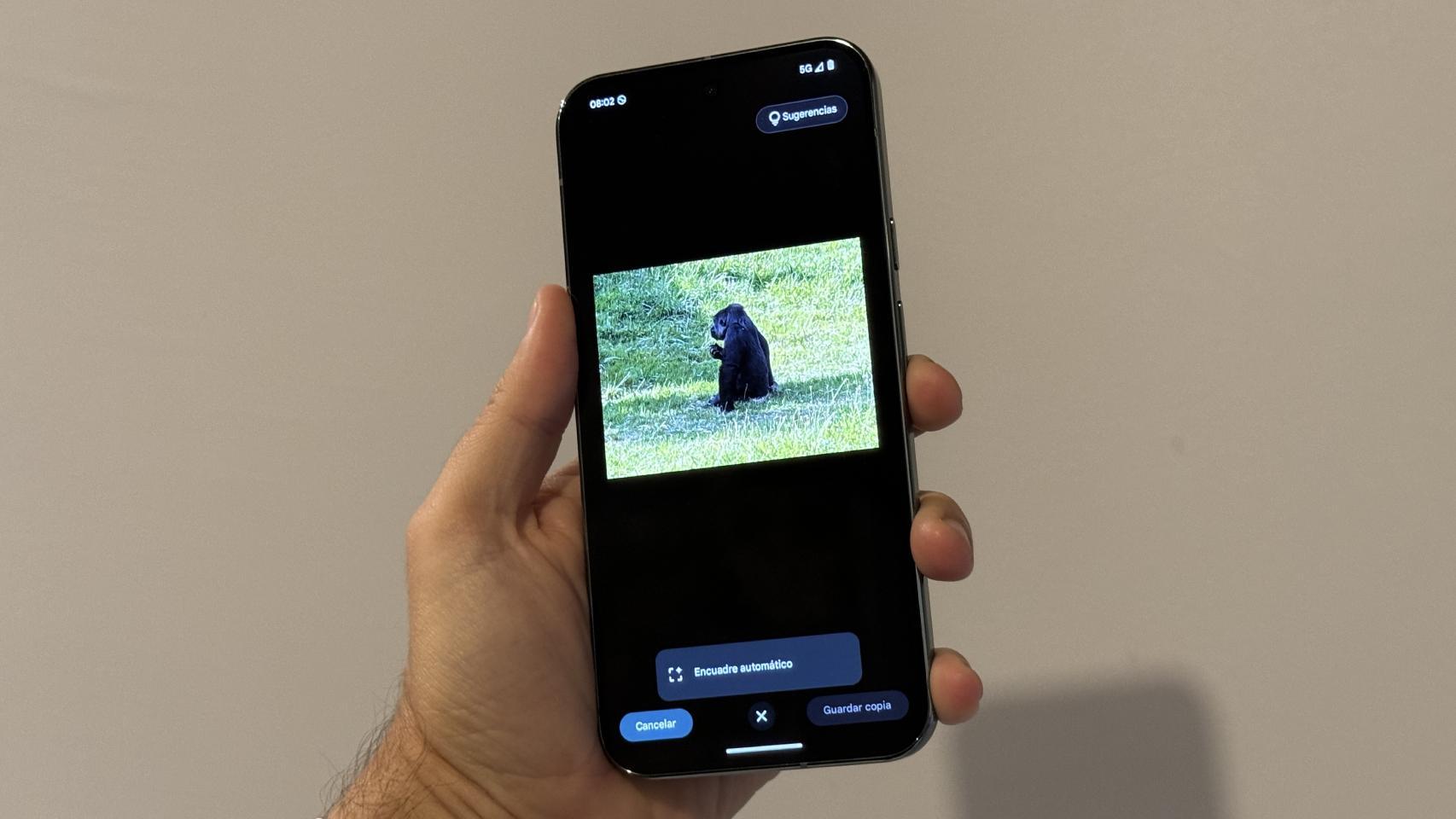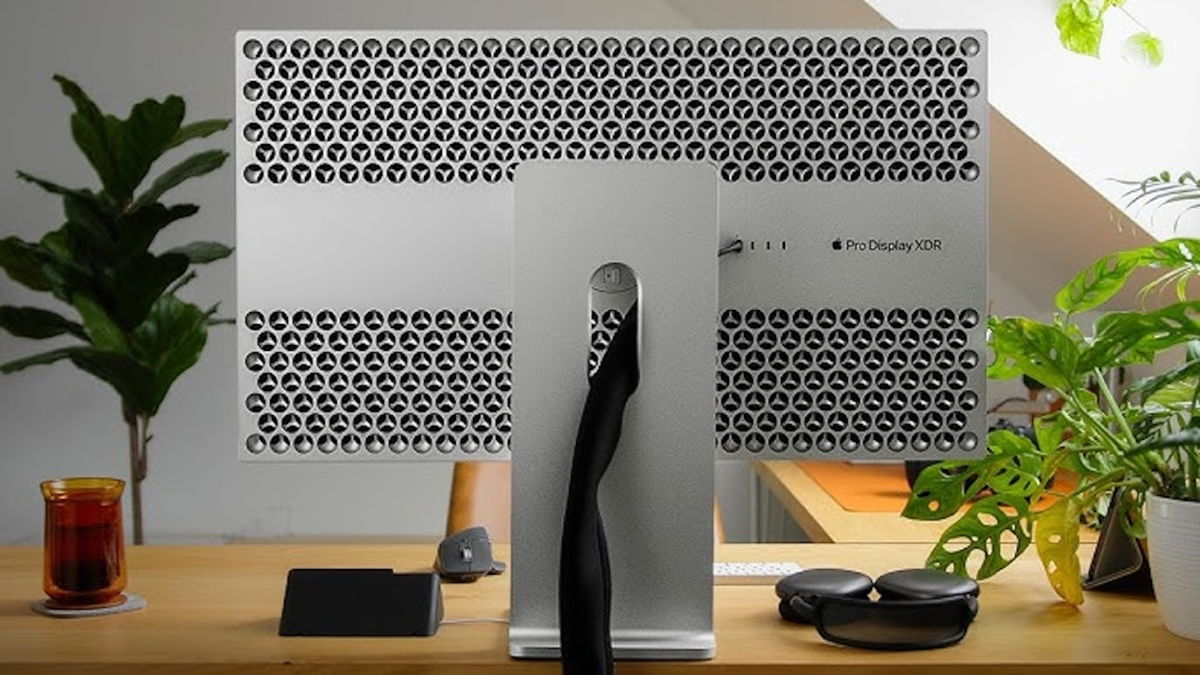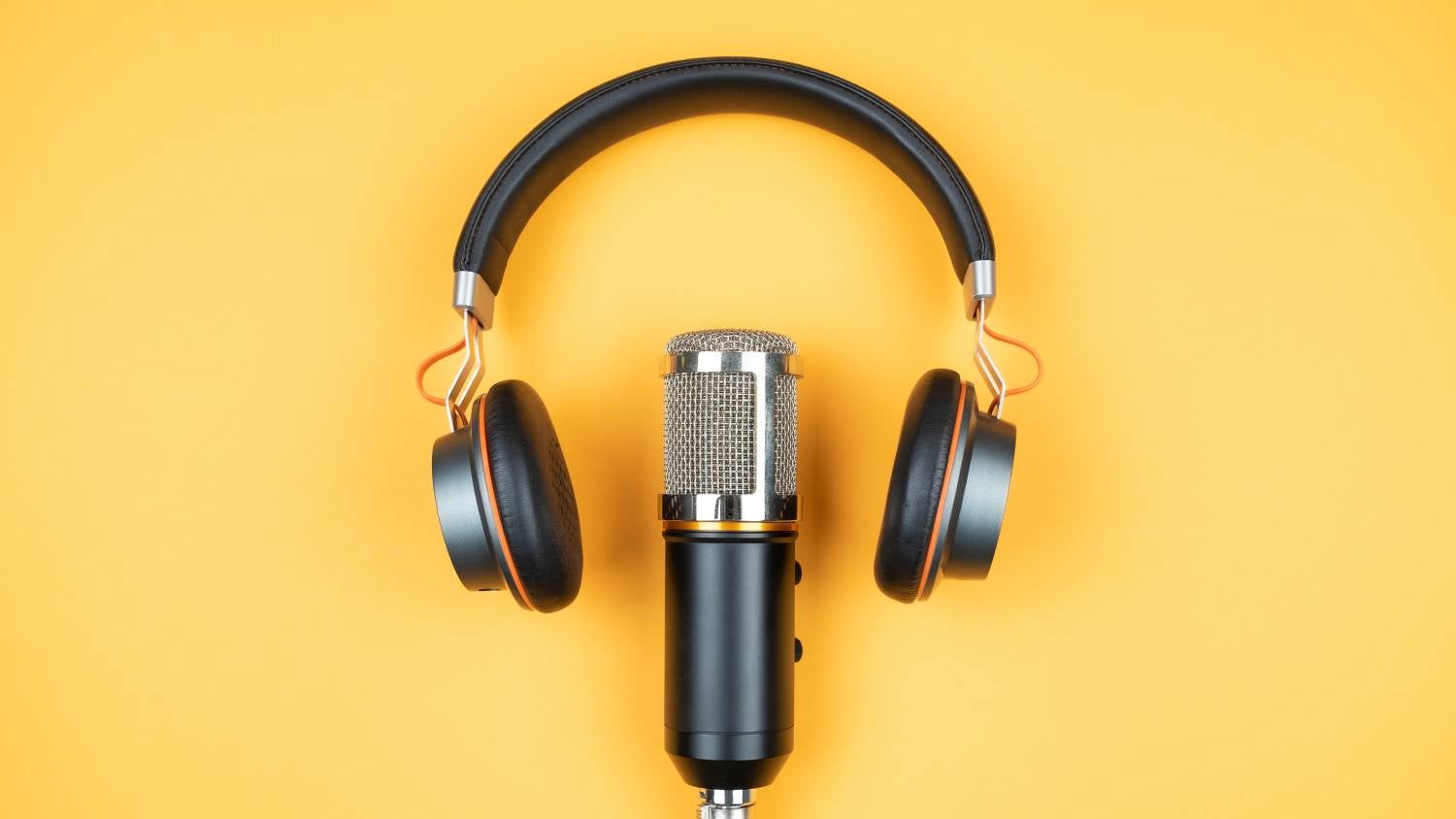Apple has pioneered the eSIM (embedded SIM) format, an internally programmable version of the SIM (subscriber identity module) card used to identify your phone on cellular networks.
For the time being, only iPhone phones from its iPhone 14 series released in the United States will dispense with offering a physical location inside, so if you live in the rest of the world, this particular feature will not concern you for the moment. .
What is clear is that Apple has big plans to continue extending eSIM flexibility to other products in the iPhone and iPad lineup.
For decades, the SIM card has acted as a secure hardware component that fits into a slot in phones used on most networks around the world, to provide encrypted unique identifying information.
Now, with the advent of eSIM, the carrier will be able to associate one or more phone numbers and billing information with a given cellular device. Technically, SIM cards were used in one of two types of cellular networks, those that used the GSM standard.
GSM prevailed and became the basis for the evolution towards the arrival of the latest technologies known as 4G and 5G. The competing standard, CDMA, is almost extinct at present.
That said, what is an eSIM? Which iPhones and iPads work with one or more? How is an eSIM managed? Let’s answer all these questions.
What is an eSIM?
SIM cards were designed at a time when foldable cell phones were beginning to be developed, providing a prefabricated external circuit that was unmanageable in the hardware of the time.
An iPhone, iPad or similar Android phone and other modern devices only need a SIM card to power the old cellular infrastructure. Over the years we have seen the size of SIMs decrease from microSIMs to nanoSIMs.
With the arrival of eSIMs, the presence of a piece of electronic circuit is maintained, but with the difference that it remains integrated into a phone or tablet and is reprogrammable.
Basically, the eSIM card is a SIM card that installs in the device and allows the connection of a number and a tariff between any device. It works as usual, but it’s virtual.
In fact, carriers need to upgrade their networks to work with eSIM to manage the activation and integration of billing systems. In Europe, these are the operators that support the eSIM according to Apple:
Is an eSIM better than a SIM card?
For starters, we spare ourselves the need to manipulate tiny cards. Normally it is possible to activate an eSIM for a monthly contract without having to go to a phone shop or wait for it to be sent to us by post or courier.
Another advantage is that you no longer have to manipulate the SIM slot using a SIM card extraction tool, for which manufacturers include an extraction device in their cases, at an additional cost. therefore.
SIM cards are also prone to getting lost when moving from an old terminal to a new one, and in the worst case, they can have connection failures because they have to be in contact with the phone’s hardware via small pins. .
Does the eSIM affect locking and unlocking a mobile phone?
Although an eSIM is programmable and entirely digitally driven, it has no effect on whether a phone or Tablet which is compatible is locked or unlocked by the operator of the network in which the phone operates.
There are concerns that carriers are using eSIM-enabled iPhones to lock down their network. However, that’s already the case for carriers locking a phone to their network with physical SIM cards, so that’s a thing of the past.
How can I get a data connection outside my country?
The advantage of managing an eSIM is that when you travel outside your country and need to use the roaming, you can add a second plane outside your action area. Back home, all you have to do is deactivate the eSIM.
Apple is trying to drive mass adoption of eSIM and it could definitely work. However, you should know that there are still countries where the use of the eSIM is not yet adopted (there are fewer and fewer).
Before you travel, check with your carrier to see if they offer service in the country you are traveling to. Even if your iPhone remains locked to domestic services, many carriers allow you to use the service outside of your home country or region if you meet certain conditions.
The eSIM uses a QR code which is scanned with the mobile camera and allows you to activate a line in moments. You only need to be connected to a Wi-Fi network, although in countries like the United States you may have to do the paperwork at the telephone company’s office.
Anyone who travels to the United States and buys an iPhone 14 will be able to activate a line, but local carriers recommend doing so upon arrival in the country. Another option is to activate an eSIM before traveling and take the QR with you on the trip, but this invalidates the physical SIM card.
What can be done is to acquire a temporary line since some companies offer the service to travellers. This is the case of society Holaflywhich offers unlimited data for the United States for 10 days for a final price of $34.
Although iPhones can have two lines active at the same time with eSIM, the iPhone 14 and 14 Plus allow you to save up to six configurations. If you have an iPhone 14 Pro or 14 Pro Max model, the options expand to eight rows.
Can I buy an iPhone 14 in the United States and use it in Europe or another country?
Apple’s intentions are to eliminate the use of the SIM card, but gradually. Right now, it’s something that’s going to happen in the United States. In the rest of the countries, Apple will continue to market its new iPhones with the dual SIM and eSIM option.
In this way, if you are one of those who are thinking of buying a new Apple phone in the United States to use it later in Europe or another country, know that you can use it as long as your telephone operator takes support the use of eSIM. (see previous section).
Which iPhones and iPads are compatible with eSIM?
Apple has added support for an eSIM in addition to a removable SIM card from the iPhone XS, iPhone XS Max, and iPhone XR models. This removable SIM plus eSIM combination continues throughout the iPhone 14 series, with the exception of iPhone 14 models released in the United States.
With the iPhone 13 series, you can use a removable SIM card plus one eSIM, or two eSIMs for service. This model marks a transition where some carriers will choose to activate an eSIM for their core service or give you the option. In both cases, a free eSIM “slot” is supported for roaming.
The US iPhone 14 series comes with two active eSIMs, while it would apparently allow you to store up to eight eSIMs that you can redeem. Apple hasn’t released this detail, and it’s unclear if iPhone 14 models outside the US will also allow the same eSIM storage.
Anyone who travels frequently will appreciate being able to store different eSIMs only when you travel, with the possibility that the service will end a few days after activation.
iPads with data connection are also supported from iPad mini 5th generation, iPad 7th generation, iPad Air 3rd generation, iPad Pro 12.9-inch 3rd generation and iPad Pro 3rd generation. 11-inch iPad Pro 1st generation.
Remember that an iPad can store two eSIM profiles but only activate one at a time.
How are eSIMs activated?
According to Apple, there are three different types of eSIM support that vary by carrier:
- Carrier eSIM Activation: Allows you to activate a new phone with an eSIM assigned to the phone.
- Quick eSIM Transfer: If you have an iPhone with an assigned phone number, either a physical SIM card or an eSIM, you can transfer that phone to a new iPhone’s eSIM. For a physical SIM card, you can take an additional step on your phone to “convert” it to an eSIM.
- Other methods: Some carriers may require you to scan a QR code to activate an eSIM or use a carrier-provided app. This is often the case when purchasing a pay-as-you-go or time-limited plan.
To activate it, simply follow a series of steps that the operator usually indicates, usually via “Settings > Mobile data” when it comes to an iPhone.
Since iPads don’t use a phone number directly, activating and changing service is easier. (Typically, a carrier assigns a number for billing purposes, but you can’t use it for texting or voice calls.)
It is possible to activate an eSIM when subscribing to a plan on your iPad, by scanning a QR code or using an operator application, depending on each. You can check the Apple support page for more details.
Where are the eSIM settings?
Once you have both SIM cards active in any combination, you can manage them via “Settings > Mobile data”, where they appear as separate sections under the main header.
You’ll also see two lines in the status bar, one for each carrier, containing the network name and connection status for each, using typical Apple symbols.
When using apps that depend on the data connection, you can choose which line to use for text messages, phone calls, and more, as well as control which plan carries your mobile data.
Take a look at the article on when you can reserve and buy the new iPhone 14.
Original article published in igamesnews.com.
Table of Contents










